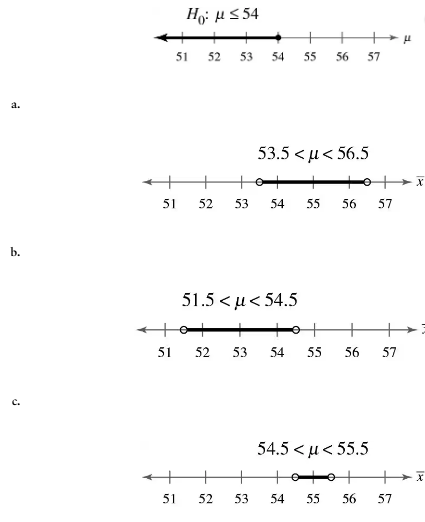In Exercises 45–48, determine whether a normal sampling distribution can be used to approximate the binomial distribution. If it can, test the claim.
Claim: p≥0.04; α=0.10
Sample statistics: p_hat = 0.03, n=30

 Verified step by step guidance
Verified step by step guidance Verified video answer for a similar problem:
Verified video answer for a similar problem:



 5:12m
5:12mMaster Intro to Hypothesis Testing with a bite sized video explanation from Patrick
Start learning